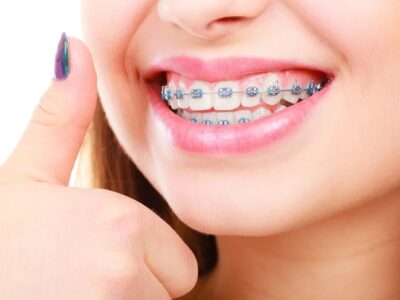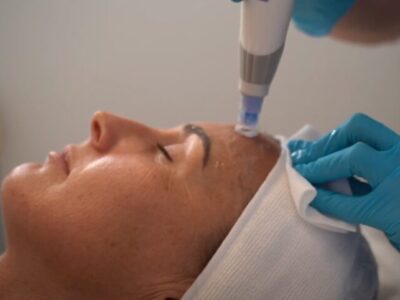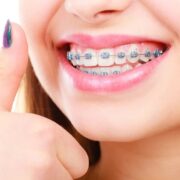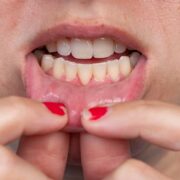
An anterior cruciate ligament (ACL) damage is a tear, break, or sprain of this tough band of tissue that links your thigh bone (femur) to your shinbone (tibia). Sports involving immediate stops or changes in direction, jumping, and landing, such as soccer, basketball, and downhill skiing, are the most common culprits for ACL injury.
An ACL injury frequently results in a “popping” sound or sensation in the knee. Your knee can swell, feel unsteady, and become excruciatingly painful. Depending on the extent of your ACL damage, treatment options could range from rest and strengthening exercises to surgery to repair the torn ligament and rehabilitation. An effective training regimen may aid in lowering the likelihood of an ACL injury.
Symptoms of an ACL injury
ACL damage symptoms and signs typically include:
- Loud popping or the feeling of “popping” in the knee
- Rapid swelling
- Significant discomfort and difficulty in continuing with an activity
- Reduction in motion
- A sensation of trembling or “giving way” when bearing weight
When to visit a doctor
If any knee injury results in signs or symptoms of an ACL injury, get medical attention immediately. The knee joint is an intricate system of interconnected bones, ligaments, tendons, and other structures. It is critical to obtain a timely and precise diagnosis to ascertain the extent of the injury and receive the appropriate care. Finding an experienced ACL surgeon is vital to ensure the best outcome if surgery is necessary.
What causes ALC injuries?
Strong tissue bands called ligaments join one bone to another. The ACL links your thighbone to your shinbone and aids in stabilizing your knee joint. It is among the two ligaments that cross in the center of your knee.
ACL injuries frequently occur while participating in sports and physical activity that can strain the knee. That includes the following:
- Abruptly reducing speed and altering course (cutting)
- Swiveling while keeping a foot firmly planted
- Uncomfortably landing after a jump
- Stopping abruptly
- Sustaining a direct knee strike or colliding with another object, such as during a football tackle
Ligament damage may result in a partial or complete tear of the tissue. Getting a timely and accurate diagnosis is crucial in determining the severity of an injury and receiving the necessary treatment.
Common risk factors
You are more likely to get an ACL injury if a variety of things happen, such as:
- Being a woman is potentially a result of anatomical, muscular, and hormonal differences
- Poor conditioning
- Taking part in particular sports, such as basketball, gymnastics, football, soccer, and downhill skiing
- Using improper movement patterns, such as squatting with the knees turned inward.
- Wearing shoes that don’t fit right
- Using faulty sports equipment, such as improperly set ski bindings
- Playing on artificial grass.
Prevention
Exercise and training in the right ways can lower the chance of ACL damage. An evaluation, education, and feedback from a sports medicine physician, physical therapist, athletic trainer, or other professional in sports medicine can help you lower risks.
Training to enhance jumping and landing methods, strengthen the legs, hips, and core, and avoid inward knee movement may aid in lowering the increased ACL injury risk in female athletes.











